Fresh Raw and Cooked Cat Food: Tailor-Made Nutrition Sent to Your Door!
- Rachel

- Aug 21, 2024
- 15 min read
Updated: 6 days ago
*As an Amazon Associate I earn from qualifying purchases at no cost to you.

I am not being paid to promote any of the companies mentioned in this article. Opinions are my own and all information is based on extensive research.
Personalised or custom diets for pets are becoming more and more pawpular, and my only question is: what took so long?
Health-conscious humans have been following diets to meet their specific requirements ever since the means became available, whether through the advice of a nutritionist or their own research. As much as we love our four-legged friends, we can't all be experts in feline nutrition - and that's okay, because now there are companies that will take care of the hard work for you and deliver scrumptious meals straight to your door - yum!
We're officially living in a culture of pet-obsessed parents, with people spending up to equal amounts of money on their fur babies as they do their human babies. With the cost of living soaring, it seems that our furry friends are becoming substitute children for many.
Before we take a look at these pet food companies, let's delve into the benefits of fresh grub and how it weighs up against off-the-shelf cans and kibble.

In this article:
What is Fresh Pet Food?
It's exactly what it says on the tin - only there is no tin! Think of the difference between heating up a jar of Uncle Ben's Chilli Con Carne (now Ben's Original - hey, I'm old!) to making your own chilli at home. That means choosing your own vegetables, beans, spices and using REAL meat. You know exactly what's going into the mixture because you picked the ingredients. Nothing is processed and there are no nasty chemicals or preservatives to make the food last longer.
Fresh food companies usually fall into two categories: raw and cooked.
A raw diet can include uncooked meat, fish and internal organs with ground bone for calcium. This best replicates what cats would consume in the wild from natural prey, where the combination of meat, muscle tissues, organs, bones and fur provides all of the nutrients a cat needs for optimal health. Vitamin and mineral supplements may be added to raw food to ensure that nutritional requirements are being met.
Cooked food usually contains steamed meat and organs, as well as all of the added supplements. This eliminates bacteria while preventing the destruction of nutrients under high temperatures.
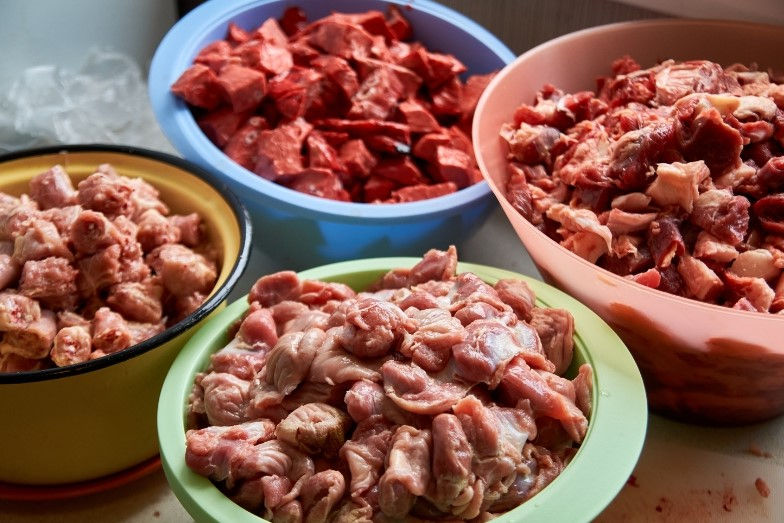
Benefits of Raw and Cooked Food
Freshness
As a pet parent, we want to ensure our furries have a healthy lifestyle and food is a huge part of that. This isn't always possible with your standard commercial foods, as much as it hurts our wallets. More expensive brands such as Purina, which places emphasis on its high-quality ingredients, offers food for all types of cats in different stages, including those of a specialist nature.
Amongst their range you'll find diets formulated for hairball control, dental health, sensitive digestion, urinary care; as well as food for indoor, pregnant and senior cats. This sounds like an ideal solution, although we should be questioning whether certain conditions would have presented in the first place if cats were given the correct diet.
Nevertheless, the "quality" of ingredients in commercial food is irrelevant when they lack the most important factor: freshness. Given that cat food is a meat product, you can imagine what goes into it to provide a shelf life of up to a year or more....
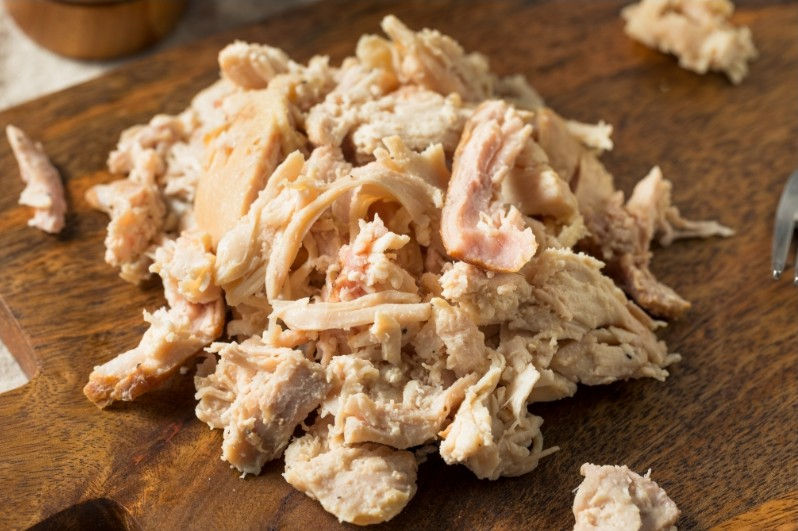
Minimal or Zero Processing
The natural vitamins and minerals in raw foods are degraded when cooked, which is why fresh cooked food is gently steamed and then frozen. The processed stuff as found on the shelves of your local Asda is cooked at high temperatures several times! The loss of nutrients has to be replaced, which is where artificial substitutes come in.
Some experts believe that poor ingredients and/or processing methods are the primary cause of digestive disorders, along with many other health conditions that we wouldn't normally associate with diet. Skin and eye problems, allergies, urinary tract disease, immune system dysfunction; and those involving internal organs such as the kidneys, heart, liver and pancreas.
Free from Additives
As mentioned, certain vitamins and minerals may be supplemented in fresh food, but in much lower quantities as the nutritional value is preserved. Products are typically 60-100% meat and contain a healthy dose of amino acids and fatty acids, but cats can easily become deficient in some areas. More importantly, there are no artificial flavourings, colourings or thickeners as seen in gravy-based foods.
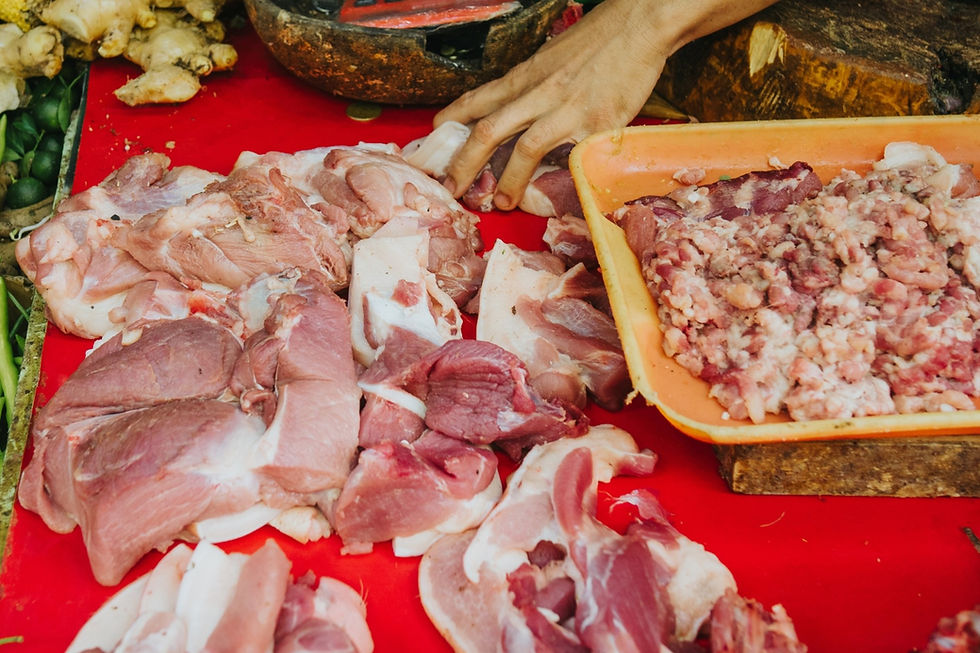
By-Products
If you've ever looked at a cat food label, you might be familiar with the terms "animal by-products", "meat derivatives" or "meat meal". Exactly which parts of animals are used - the nutritious parts or less nutritious parts - is as much a mystery as the livestock itself, how it was sourced and what conditions it lived in prior to being processed - there's that dreaded "p" word again!
No Fillers
Commercial dry food or kibble is considered to be even lower quality as it's bound together with fillers, which are high in carbohydrates. Cereals, grains, corn and root vegetables all contain starch - this is necessary to make the dough before it's processed at those high temperatures we spoke about. This makes it more digestible for the carnivorous kitty, but the destruction of nutrients is unavoidable.
Cats that only eat dry food are also at risk of dehydration, as they require both high moisture and high protein contents.
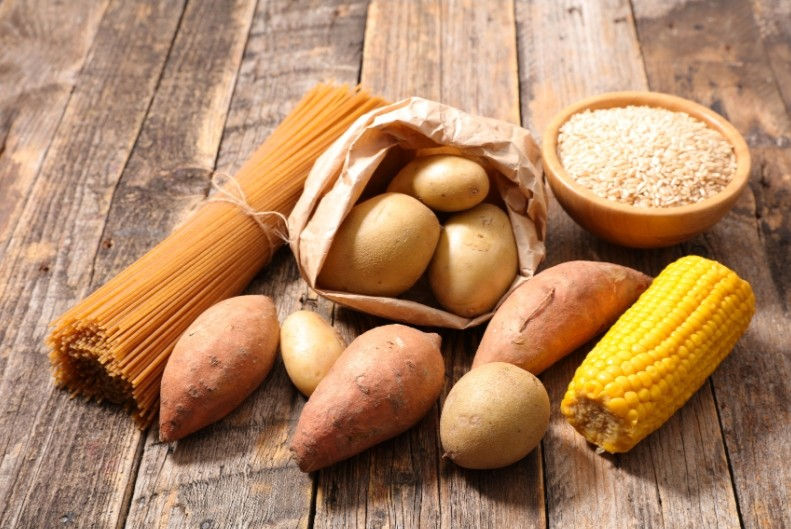
Carbohydrates
To expand on the above, the addition of carbohydrates to a cat's diet is a cause of much controversy in the scientific community. Some veterinary nutritionists argue that they're hard to digest, serve little biological value and contribute to obesity and diabetes. Pet food brands claim they're easy to metabolise, a good source of energy and not linked to obesity or diabetes....
It's a complex subject and must take into account the type of carbohydrates being used and in what quantities - and of course, processing methods.
If we're trying to replicate a cat's natural diet, we should view them as what they are: obligate carnivores. In the wild, a cat's diet would typically consist of 55% protein, 43-44% fat and 1-2% carbohydrates, which they obtain from the stomach contents of their pray - a small amount of partially digested plant matter.
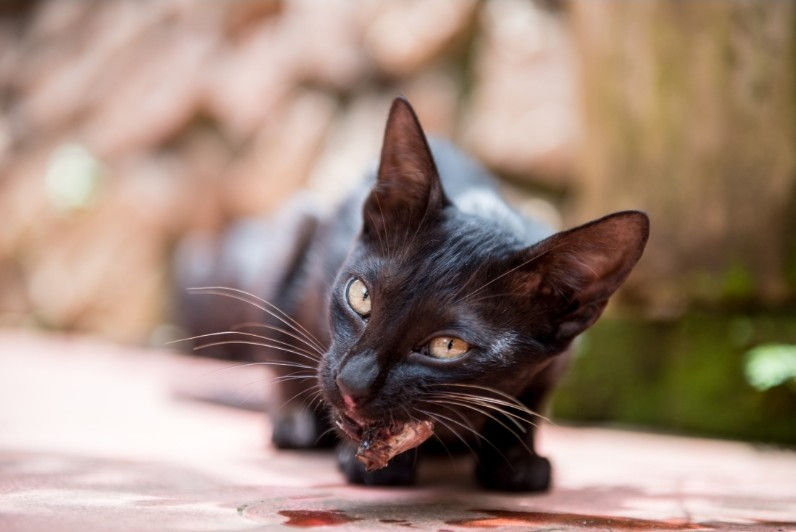
To put this into perspective, the minimum guidelines as set by the European Pet Food Industry Federation is 26% protein - less than half of what they'd be getting naturally! This is where those extra carbs come in, as the body breaks them down into glucose to provide energy. Yet, cats are able to synthesise their own glucose in the liver.
Note that when comparing wet food to dry food, we have to convert percentages to a "dry matter basis" by subtracting the moisture content, which can cause further confusion amongst pet owners. That's why I've made this dedicated post: How to Calculate Carbohydrates in Cat Food and Understanding Dry Matter Basis
Some would argue that using carbohydrates as a source of energy saves them from having to make it themselves, but there are other concerns. The heating of seed oils at high temperatures, along with heating fats/proteins and sugar together, produces compounds that cause oxidative stress. This damages the cells and tissues, leading to chronic inflammation, premature ageing and lifelong diseases.
The ultimate question isn't whether cats are able to metabolise some types of carbohydrates, or what the potential consequences of consumption may or may not be. Research is limited and doesn't take into account the long-term effects on a cat's overall tissue and organ health. Carbohydrates are simply not necessary - at least, not in the high quantities as seen in commercial pet food - and a cheap alternative to animal protein.
Related post: Cats and Carbohydrates: Is Dry Cat Food Bad for Cats?
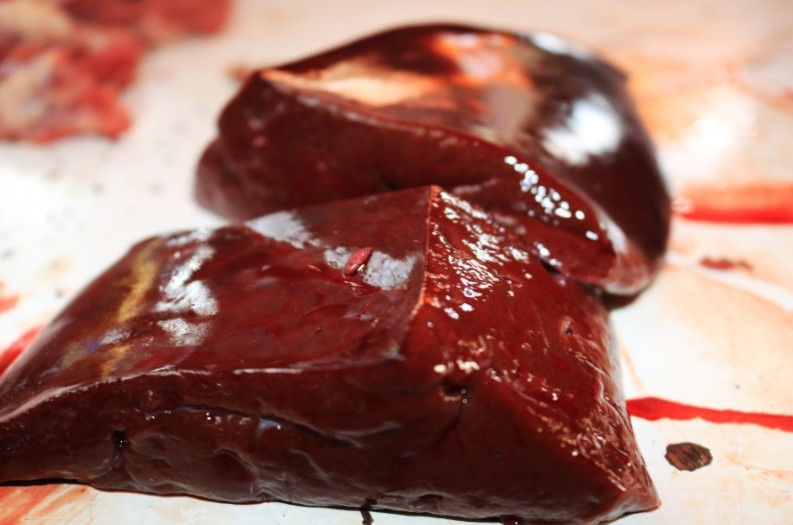
Pros and Cons of a Fresh Food Diet
This article is more geared towards the benefits of fresh food rather than the dangers of commercial food, which is another topic in itself. Raw meat isn't entirely risk free, particularly if it's prepared at home; but a reputable fresh food company will have taken every precaution when it comes to food hygiene and safety.
Below are a some factors to consider when choosing the right food for your cat. Bear in mind that a poor diet isn't always about obesity; there are many other signs to look out for that might indicate cats aren't getting all of the nutrients they need. Low energy, increased hunger, lack of appetite, smelly or inconsistent poops, skin problems, dandruff, poor coat quality and behavioural issues, to name a few.
Pros | Cons |
✓ Natural ingredients with no preservatives, colourings or flavourings. | ✕ Raw food can be contaminated with bacteria like Salmonella and E. coli, which also carries a risk to the owner handling the food. |
✓ Mimics what cats eat in the wild which can help to alleviate digestive issues, allergies and/or intolerances caused by commercial foods. | ✕ Some raw meats can harbour parasites such as toxoplasmosis and trichinosis. |
✓ A healthy balance of proteins, fats, vitamins, minerals, amino acids and other nutrients. | ✕ Higher costs, particularly as you may need to try many types and flavours to find your cat's preferences. |
✓ Usually composed of human-grade food. | ✕ Switching a cat's food can cause vomiting and diarrhoea if not done gradually. |
✓ Cats may have more energy and require less meals since the protein in meat is higher quality. | ✕ Don't cater to specialist diets (urinary, diabetic, etc). |
✓ Shiner coat due to fatty acids. | |
✓ As cats are able to use more of what they eat, they'll poop less and it'll be drier - less pong for us! | |
✓ Transparency regarding ingredients and meat sourcing. |
Can I Make My Own Cat Food at Home?
Homemade cat food recipes are readily available online for both wet and dry food, but most are meant for supplemental feeding only - it's not all about the protein! Cats require a healthy balance of fats, vitamins and minerals that must be obtained from their diet. A lack of taurine, for example, can lead to heart problems and blindness.
Homemade recipes usually consist of meat or fish, organs (such as liver), eggs and supplements. Small amounts of vegetables or grains are optional, but to me it defeats the purpose. It is, however, a good starting point for transitioning cats away from commercial food onto a raw or cooked diet - especially where budget is an issue.
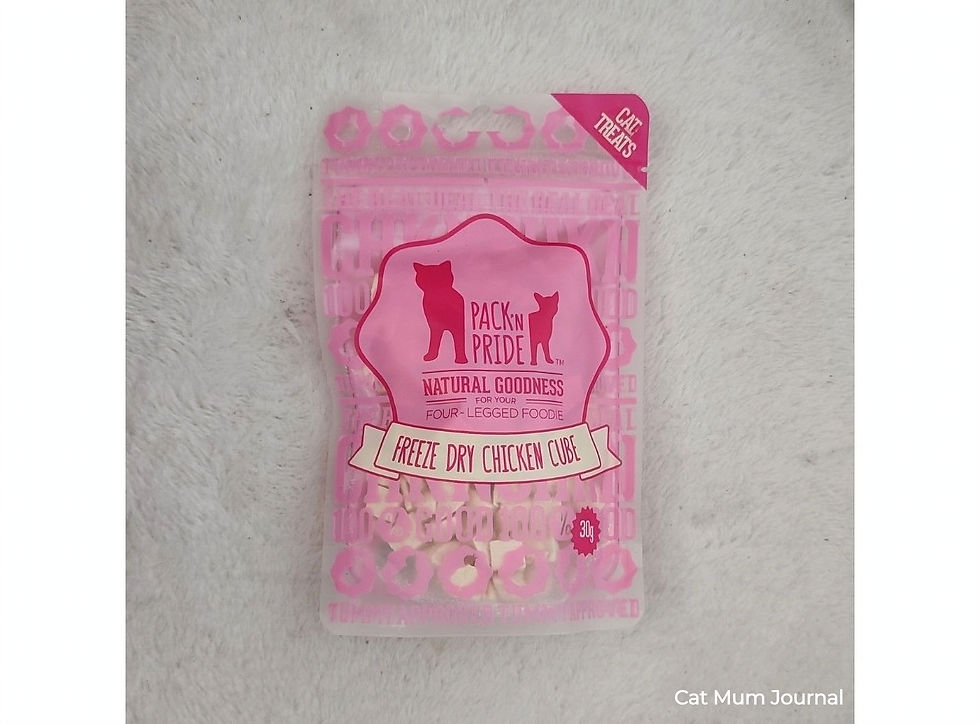
Pack'n Pride Freeze Dried Cat Treats are made with 100% chicken breast. Feed as a reward, soak in water to get a fresh chicken cube or use as a food topper. No preservatives, grains or by-products and great for sensitive stomachs.
The main advantage of using fresh food companies is that you don't have to worry about getting the correct balance of nutrients and/or portions sizes, and they should have some pretty rigorous safety practices in place. Unless you're a veterinary nutritionist, you shouldn't be inventing your own recipes - and be sure to check those you find online.
For anyone who is considering taking on the fresh food challenge, I highly recommend Jess at caticles.com for recipes and general advice.
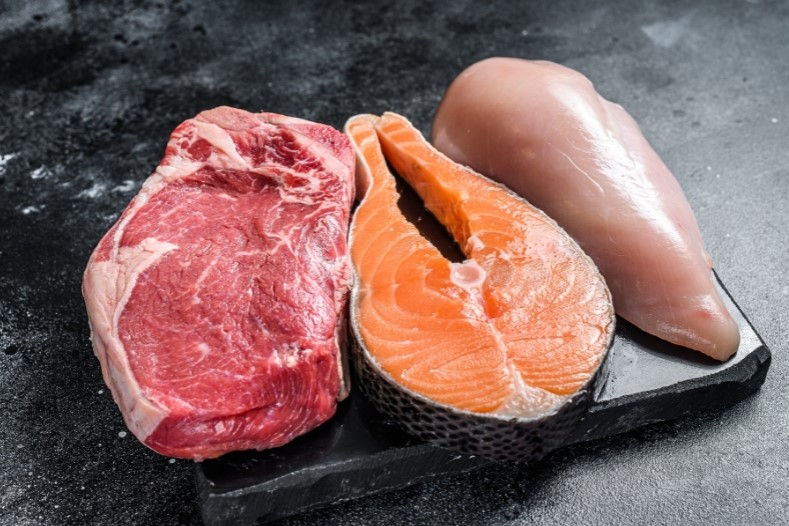
What Do Tailor-Made Fresh Cat Food Companies Offer?
Whether you're preparing your cat's food at home or using a company, fresh food is an excellent way to maintain control of the ingredients so you know exactly what's going into it. It may come as no surprise that the majority of personalised pet foods are formulated for dogs, but there's a growing number of companies that cater exclusively for felines.
By using these companies, you're paying for food that's not only created for cats but customised to your pet's specific health needs and physiology. This is achieved using factors such as age, breed, weight, sex, flavour preferences; and any health concerns, such as allergies. Pet parents are usually required to fill out a questionnaire with all of the necessary information, and the food is made to provide the exact levels of vitamins and minerals they need.
As with anything, you want to make sure you're choosing a reputable pet food company - which doesn't necessarily mean looking for the highest prices. Use this handy checklist of what to look for in a quality fresh pet food service.
✓ Food is nutritionally balanced according to the European Pet Food Industry Federation standards (FEDAIF). |
✓ Food should be sourced from reputable suppliers and manufacturers. |
✓ Companies adhere to the strictest hygiene practices and batch test meat for contamination. |
✓ Cat food should be rich in animal protein with a good amount of fat. |
✓ Transparency regarding meat contents with no "animal derivatives". |
✓ No fillers (grains such as rice and wheat). |
✓ A variety of meal options with different types of meats, textures and flavours to suit your cat's preferences. |
✓ Cater for a cat's specific requirements with portion guidelines. |
✓ Formulas are prepared by a board-certified veterinary nutritionist. |
Not all companies will tick off every mark on this checklist, but the most important factor (aside from quality) is the sourcing, testing and handling of the meat itself. Raw fish in particular has a high risk of bacterial contamination and should only be fed to cats in moderation, regardless of how it's prepared.
Reviews count too, so check for any customer feedback or refer to Trustpilot where people love to share their opinions. Also search for in-depth blog articles with tried and tested reviews, including original product photos.

How Much Does It Cost?
Pricing for fresh cat food will vary depending on your chosen meal plan and package, but you can expect to pay roughly £50+ per month (per cat) to cover all of their daily meals. As a comparison, the average cost of feeding a cat in the UK is estimated at £36 a month in the current climate. On a yearly basis, you could be spending £150-£200 more if you wanted to make the transition to fresh food.
As mentioned, you could cut these costs by preparing your own cat food at home. Unless you're following a recipe formulated by a veterinary nutritionist and have a good grasp of your cat's specific health needs, it's best to feed homemade food alongside canned food to ensure nutritional needs are being met.
Though fresh pet food is in high demand, it's still somewhat of a luxury and makes up a very small percentage of the pet food market. This could change with growing competition and more affordable options, such as a kibble alternative to wet food.

With pets becoming a bigger part of our lives and families, naturally, we're spending more money and the food industry will adapt to follow the trends. We've already seen it with things like improved litter, supplements and interactive toys - I want to cry every time I look at my Amazon balance! It makes sense for pet food to follow suit, considering it's the most basic need of any animal.
Most companies will offer new customer discounts, regular offers or monthly subscription packages at a slightly lower cost. Not only does this help to save the pennies, but by using a subscription service, you don't have to worry about forgetting to stock up. Make sure it fits your budget and, if not, there are plenty of premium brands on the shelves that are a step up from your bog standard budget ranges.
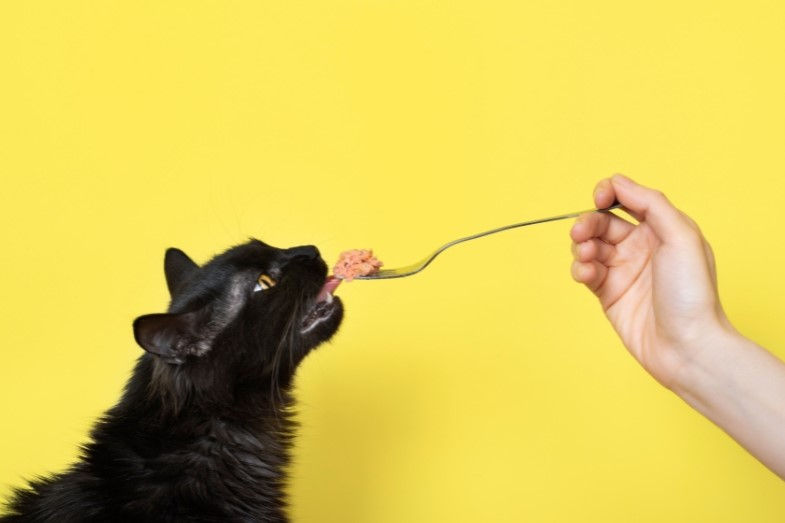
KatKin Fresh Cat Food Company
Labelled as the UK's first and leading fresh food brand for cats, it makes sense to use KatKin as an example of what potential customers - and converts - should expect to receive from a tailor-made service (other brands may vary).
What does KatKin offer?
KatKin is essentially a kitty meal delivery service offering food made from 100% premium quality meat. They create a personalised plan for your feline based on factors such as age, size, weight and health conditions. All recipes are perfectly proportioned for your cat's daily nutritional needs. Ingredients are sourced in the UK and conform to the UK Welfare of Farmed Animal Regulations.
How is food prepared?
KatKin's meals are prepared in the company's human-grade kitchen in Park Royal, London. Every recipe is tailor-made to your cat's needs by a board-certified veterinary nutritionist.
Meat is steam-cooked to eliminate bad bacteria while preserving nutrition, then frozen to lock those nutrients in. Food is high in moisture, exactly what cats would be getting from natural prey. The nutritional value of KatKin food exceeds the standards set by the FEDIAF.
There's also an impressive range of flavours including: fish, turkey, lamb, beef, duck and pork, with a combination of meat and internal organs. KatKin is already ticking off some of the points on that handy fresh food checklist!

Benefits
KatKin is rated 4.6 / 5 based on over 11,000 Trustpilot reviews - another tick.
According to the KatKin website, customers report many health improvements to their cats such as:
Less poop (and pong!)
Return to a healthy weight.
Thicker and shinier coats.
Restored energy and playfulness.
Less digestive issues and diarrhoea.
Reduced food allergies.
Eliminating gingivitis.
Disadvantages
KatKin is one of the more expensive fresh food companies, which is to be expected considering their high levels of meat protein.
Not suitable for specialist diets.
Food Storage
Fresh meals need to be stored in the fridge and freezer, unlike commercial foods which are blasted at hot temperatures to make them shelf stable for years.
Subscription Process
While I haven't purchased KatKin meals for a tried and tested review - which I'll go into a little further on - I have been through the subscription process to get a feel for ease of use and the like.
Filling out the questionnaire was simple and only took a couple of minutes. As well as the standard questions, it was nice to see dropdowns for how fussy an eater your cat is; activity levels and stomach sensitivity. I was pleasantly surprised when KatKin informed me that I could save up to £17 a month in comparison to Drax's standard urinary food.
Note that just because this estimate is cheaper for me doesn't mean it will be for you. Specialist or prescription diets are expensive, much more so than your average cat food. Which makes it even more of a shame that fresh foods aren't suitable for my kitty needs - huge bummer.
Pricing
As taken from the KatKin website, prices start from £1.89 a day which totals a minimum spend of just under £60 per month. Currently, you can try the first 14 days with 20% off, which is a good deal to get started.
Delivery
Food is delivered for free to your door on a 28-day cycle. You can access your subscription from your online account to adjust your cat's menu, change delivery dates, pause your box or cancel the subscription.
At this time, KatKin only delivers to England, Scotland and Wales. This is due to the nature of fresh food and because KatKin meals are frozen, they need to arrive on your doorstep within 48 hours.
Customer Service
KatKin claims that their experts are available seven days a week to help you make the switch to fresh food, offer general advice and answer any questions. I haven't dealt with the company directly but have heard good things about the personalised customer service.
For more information about the brand, recipes - and a few home truths about big cat food companies - visit the KatKin website.
All things considered, it looks like KatKin sets the bar pretty high in terms of standards, quality and overall service; however, it's not the only option for cat owners in the UK. Whether you're looking for a lower price range, want to try a raw diet or explore a more eco-friendly alternative, there are several other brands that might satisfy your requirements.
To help you make a decision, I've put together a brief summary of some highly-rated, UK-based fresh pet food companies.
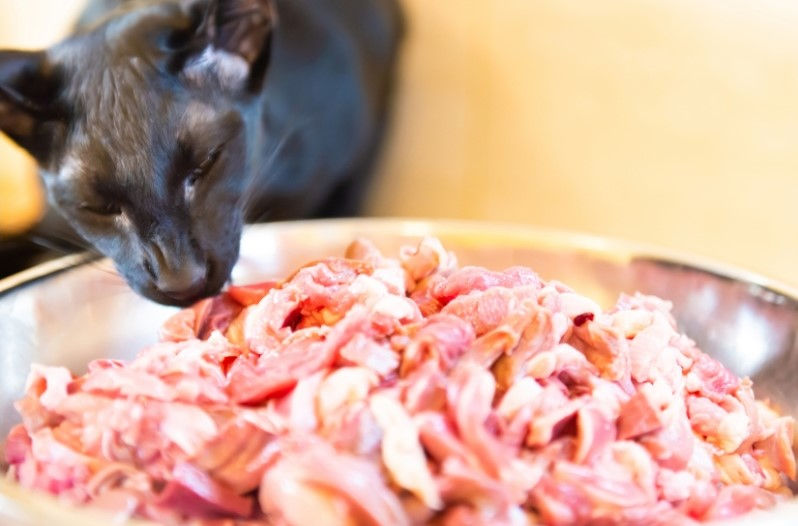
Other Raw and Fresh Cat Food Companies
Choose from a wide range of recipes containing 65% meat and fish fillets, with a blend of vitamins and no cereals or grains. Similar to KatKin, meals are slow cooked to retain nutrition and their prime cuts of meat come with a higher price tag than some other brands. Small boxes start at £30, but you can get a subscription trial pack for just £1! Dry food pouches are also available in selected stores across the UK.
Meals are made from raw, human-grade meat, bone broth and natural oils. There are no added vitamins or minerals as food is tailor-made to meet your cat's specific dietary needs, then frozen for freshness. There's less protein content than KatKin and only four flavour options, but starting prices are slightly lower. All recipes are developed by nutritionists and checked by vets.
Bella & Duke are RawSAFE UK Pet Food certified and were awarded Manufacturer of the Year 2023 by Pet Industry Federation.
The brand started out as a fresh dog food company before launching Purry Power, which makes high-quality raw cat and kitten food that comes in meatball shapes. Their range is limited to three meal recipes and one pack of sprinkles; however, every recipe contains at least 90% meat and animal ingredients. The brand has been featured on Dragon's Den, This Morning and boasts some award-winning meals.
Lovebug meals consist of a low-cost, insect-based, dry kibble formula. Food is nutritionally complete and considered to be eco-friendly and hypoallergenic. Although primarily made from natural ingredients, it has been artificially fortified with added vitamins and minerals. It's not as fresh as wet food but a good natural alternative for cats that don't like eating wet/raw food. There are also no flavour or customisation options - one bag suits all.

Summary
Whatever food you choose for your pets - commercial, homemade, fresh, raw or eco-friendly - I hope this article provides some tips and advice to help you make an informed decision. Cats appreciate variety, so mixing it up will prevent them from growing bored of their food.
If you decide to make your own batch of scrumptious meaty goodness, remember to supplement it with commercial foods so cats are still getting all of the nutrients required. The homemade option is a great lower-cost alternative to fresh pet food companies.
This is something I'm trying myself, given my notoriously awkward cats. With one on a urinary diet for struvite stones and the other addicted to kibble - both of which would rather starve than look at a piece of fresh meat - it'll be a long road to making any sort of transition!

While there are hundreds of thousands of cats that live out their days on a commercial diet, that doesn't mean they're healthy. We can see evidence of this in the abundance of prescription diets, supplements and behavioural remedies on the market - not to mention mass obesity. Food is the source of life, from tissues to the bones and vital organs - including the brain. Insufficient nutrients can affect the mind as well as the body!
A final important point to note, transitioning cats to new food should always be done gradually to allow an adequate amount of time for their sensitive stomachs to adjust to new nutrients - we don't want any vomiting or diarrhoea! I recommend seeking advice from a vet to make sure it's the right decision for your furry.
For more tips on introducing cats to new food, check out this informative post: How to Change a Cat's Food with 10 Tasty Tips
Have you made the tasty transition to fresh food already? What are your experiences and, more importantly, did your kitties approve? If you think any other brands are worth a mention, let us know in the comments or get in touch!
What does your cat's diet mainly consist of?
0%Dry food (kibble).
0%Wet food.
0%Mixture of wet and dry.
0%Fresh or homemade food.

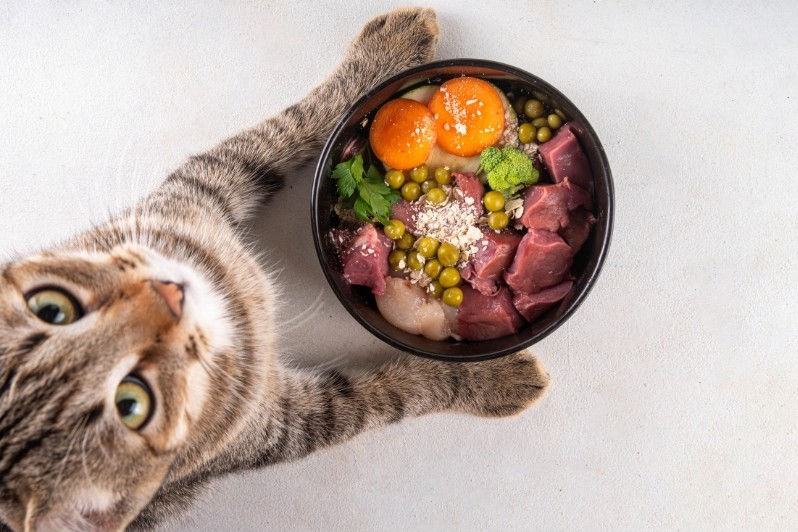
















Comments